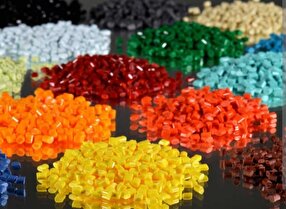Knowledge-Based Firm in Iran Builds Special Light Walls Resistant to Earthquake, Fire

Wallcrete panels produced by the knowledge-based ‘Padideh Paydar Sanat Sakhteman’ company are light weight and proper for external and internal walls of buildings and enjoy many advantages including resistance to earthquake and fire, insulation against sound, heat and cold, high execution speed, reduction of the weight of the structure, and optimization of the internal spaces.
The light concrete panels called wallcrete are made of a composite structure and reinforced with polymer and mineral fibers by using micro-scale fillers and state-of-the-art know-how without the need for steel mesh and have high compressive and bending resistance.
Due to their suitable dimensions and weight, the wallcrete panels can be installed rapidly. The panels are connected to each other with a special glue and there is no need for water, so, in addition to saving time and cost of making mortar, a cleaner working environment is created.
Given the smooth and uniform surface and absence of many seams between the panels, the precise verticality of the wall during execution is possible, and the use of sealing tape will prevent the transfer of cracks to joinery and the wall will not need to be plastered.
Also, due to the optimal dimensions of the wall and the existence of special connections due to the integrated function of the wall, the weight and dimensions of the wallcretes are reduced to less than 50% of the normal walls.
Earlier this year, a group of Iranian researchers had also succeeded in formulating and making advanced composite materials in which the electrical and thermal percolation thresholds are observed simultaneously at a very low loading of the conductive material (less than 2% by weight).
“To make these composite materials, nanostructure extensions (multi-walled carbon nanotubes, graphene, and boron nitride) have been used in the polymer environment (polypropylene),” said Abbas Ali Saberi, a faculty member of the Sciences Department of University of Tehran.
He underlined that the research is the result of efforts made by a group of researchers, adding, “The group has also developed a single universal theory, within the framework of a generalized percolation model to describe their experimental observations.”
“Based on the new theory, heat diffusion in composite materials is placed in the world class of diffusion problems with two critical powers and is similar to electrical conduction in electrolytes or a network of electrical resistances and capacitors,” Saberi said.
4155/v
























